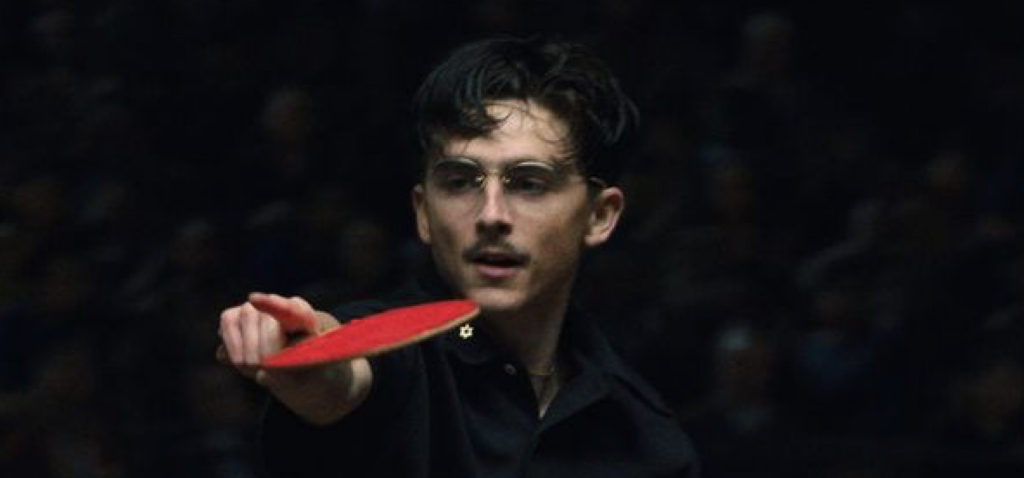Hugo

It’s probably no accident that a flurry of cinema-history pastiches are arriving in theaters as obituaries mount for film and the celluloid it’s printed on. What isn’t clear is whether they’re meant as resurrections (the black-and-white French silent-movie homage The Artist) or wakes (My Week With Marilyn). In the case of Martin Scorsese’s visually dazzling adaptation of the award-winning Brian Selznick picture book, The Invention of Hugo Cabret, it’s likely some of both. The movies’ foremost film lecturer uses a bully pulpit of digitally projected 3-D CGI to indoctrinate unsuspecting kids in silent cinema and film preservation.
In Selznick’s tale of an orphan (Asa Butterfield) drawn to a mysterious toy-shop owner (Ben Kingsley) in a 1920s Paris train station, Scorsese, cinematographer Robert Richardson and production designer Dante Ferretti find a golden opportunity to re-create the fanciful sets, primitive visual trickery and ghostly flickers of cinema’s dawn. A key reference point is Auguste and Louis Lumières’ Arrival of a Train at La Ciotat, the seminal film whose image of an advancing train sent viewers scattering. Scorsese’s careening camera and in-your-face compositions lust for the same effect, striving to reignite the sensation of 1896 with the technology of 2011.
The movie is an undeniable marvel as a pop-up storybook, and the director employs 3-D to ends both flamboyant and subtle — at times he uses the different spatial planes to isolate a scene’s dramatic focal point the way his idol Michael Powell wielded bold swathes of color. But the characters and incidents are far less convincing (and rarely compelling). And though the movie may have all the trappings of 3-D family entertainment — the reason Scorsese got this budget and this leeway — it’s really another of his portraits of a man (be he Jake LaMotta, Howard Hughes, Fast Eddie Felson or Ace Rothstein) who’s threatened by the impulse to destroy what he loves (which usually is the thing he’ll be remembered for). If the recurring theme of these movies is career self-immolation, it makes Scorsese’s passion for film preservation look somewhat like a safeguard against his own self-destructive tendencies.
At its fussiest and most over-elaborate, the movie resembles the orphan’s prized automaton: a whirring contraption that is full of clanking gears and only fitfully comes to life. Yet even though Scorsese has almost never been helped by enormous budgets — hope persists that he’s got a $50,000 16 mm genre piece left in him — this one-of-a-kind, cinematic jewel box is something no junkie of Turner Classic Movies will want to miss on the big screen.




